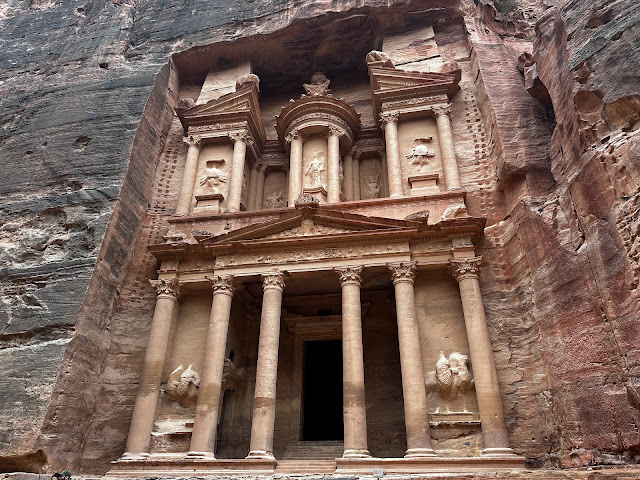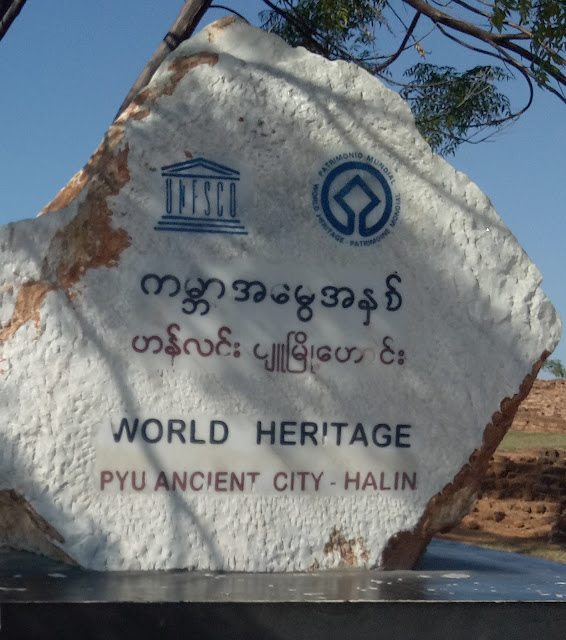Estimated to have been constructed
somewhere around the 13th Century CE, Wat Si Chum is a Buddhist
temple located in the northern zone of the Sukhothai Historical Park, outside the historic walled city of Sukhothai (the capital of the Sukhothai Kingdom of Thailand in the 13th and 14th Century CE). The temple is best known for its’ Mondop with the massive seated Buddha image which is partially visible from a distance.
 |
Wat Si Chum from a distance with the partially visible massive seated Buddha image
The main structure comprises of
a Mondop and a Viharn (assembly hall). The Viharn which is located in front of
the Mondop currently lies in ruins with only its’ base and the pillars visible.
 | Only the base and the pillars of the Viharn is visible today
|
The Mondop which doesn’t
have a roof, enshrines a massive seated Buddha image constructed in Sukhothai style, demonstrating the “Bhumisparsha Mudra”. Estimated to be 15 meters in
height and 11 meters in width, the image is believed to be the “Phra Achana” Buddha
image mentioned in the “Ram Khamhaeng Inscription” (a stone Stele bearing inscriptions
which have traditionally been considered as the earliest example of Thai
script).
 | The massive seated Buddha image at Wat Si Chum
|
 | Constructed in Sukhothai Style, the Buddha image demonstrates the Bhumisparsha Mudra
The other ruins of Wat Si
Chum include a smaller roofless Mondop with a smaller seated Buddha image, another
Viharn complex and several chedis. The entire temple complex is surrounded by a
moat. |
 | The other Viharn complex ruins at Wat Si Chum
|
Wat Si Chum is part of the “Historic
Town of Sukhothai and Associated Historic Towns” which was inscribed as a
UNESCO World Heritage Site in 1991. |











Comments
Post a Comment